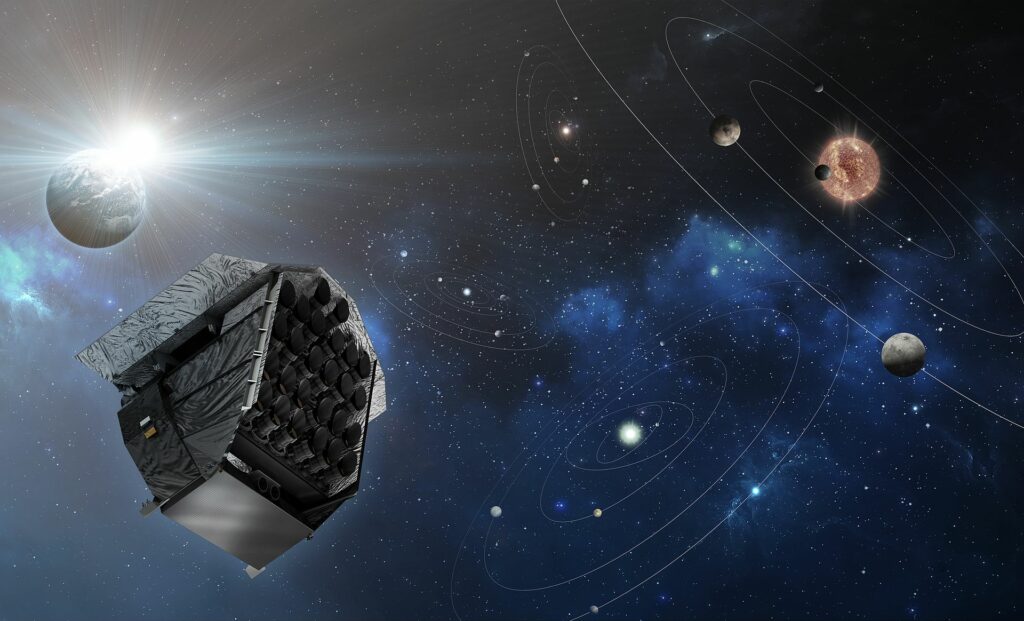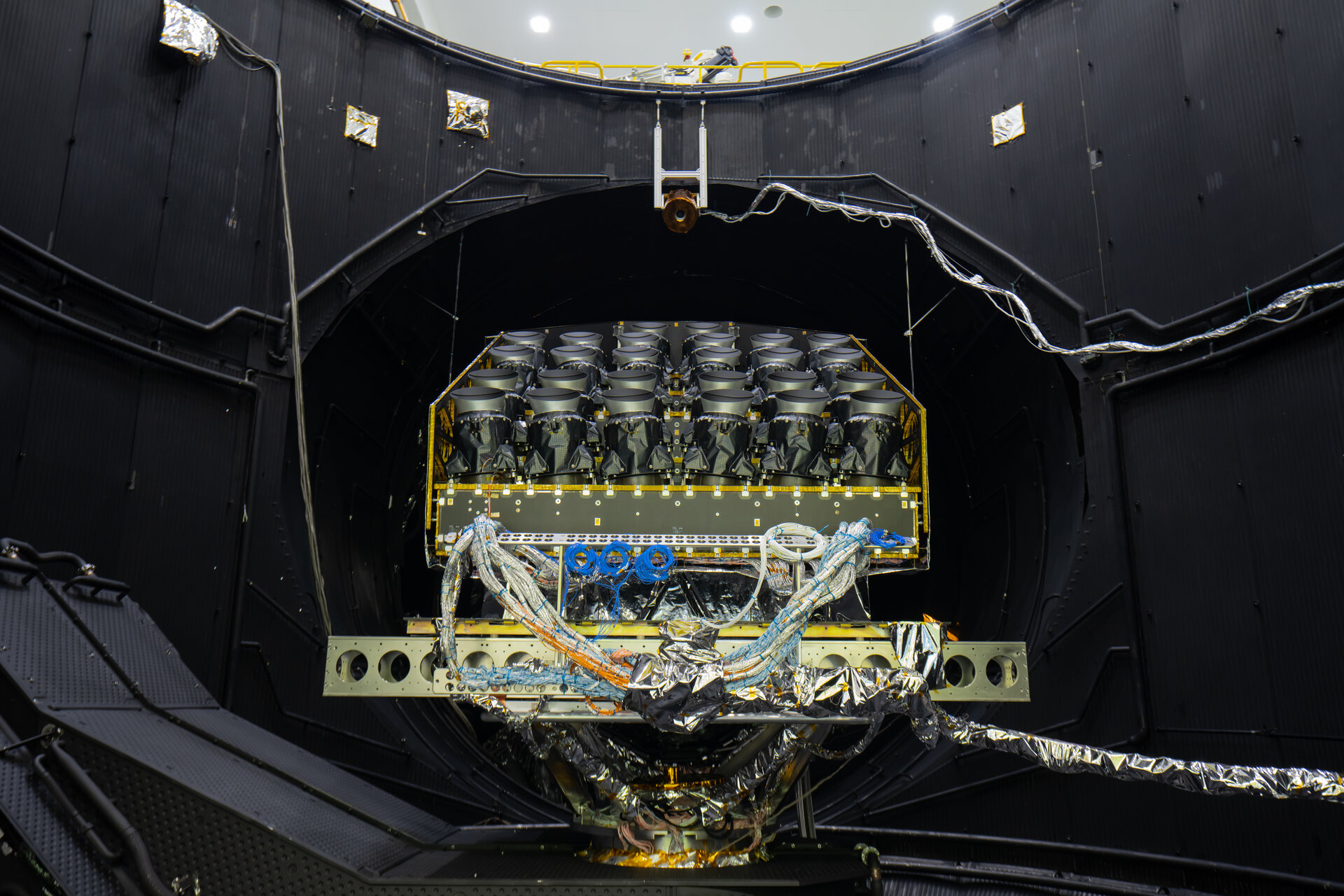The European Space Agency (ESA) has tested a prototype of the optical module of the PLATO space telescope. The tests were carried out in a vacuum chamber. The test was a success, demonstrating the ability of the device to work in open space.
PLATO Telescope
The PLATO telescope (PLAnetary Transits and Oscillations of Stars) was selected for ESA implementation in 2014. The observatory will search for exoplanets using the photometric method by searching for small changes in the brightness of stars caused by transits of planet-like bodies orbiting them.

The “eyes” of the new telescope will be a module of 26 cameras with an aperture of 12 cm, on which four CCD arrays capable of receiving 20.3-megapixel images will be installed. When working together, they will give a total field of 2.11 gigapixels, which will be a record in the history of space missions. Thanks to its device, PLATO will have a much larger field of view than the Kepler telescope and will be able to study relatively bright stars.
Tests in a vacuum chamber
The key to PLATO’s success is the ability of the optical module to withstand the conditions of being in outer space, including the absence of an atmosphere and sudden temperature changes. To verify this, at the end of March, a prototype of the device was placed inside the LSS (Large Space Simulator) vacuum chamber. Its height is 15 meters, diameter is 10 meters. This is the largest vacuum chamber in Europe.

The prototype stayed in the vacuum chamber until mid-May and successfully coped with all the tests. This success paved the way for the creation of a working version of the device, which will be installed on PLATO. Currently, the launch of the telescope is scheduled for 2026.
You can also read about four powerful next-generation ground-based telescopes that will begin observations before the end of this decade.
Follow us on Twitter to get the most interesting space news in time
https://twitter.com/ust_magazine
